Leather chaps have stood the test of time as a symbol of rugged style and practical protection, evolving from their cowboy roots into modern essentials for bikers, rodeo riders, and western fashion lovers. In 2025, Leather Chaps remain relevant not only as protective gear but also as bold fashion statements across festivals, ranches, and highways. Whether you’re shopping for durable motorcycle chaps, traditional western styles, or fringe chaps for a rodeo or cosplay event, understanding their purpose, types, materials, and proper sizing is crucial. From choosing between suede and full-grain leather to learning how to care for your chaps and match them with your outfit, this comprehensive guide will walk you through everything you need to know. Whether you’re a first-time buyer or an enthusiast looking to upgrade, this article ensures you’re well-equipped with all the insights and latest trends for 2025.
What Are Leather Chaps?
Leather chaps are protective outer garments typically worn over pants to shield the legs from harsh elements, friction, and potential injury. Originally designed for cowboys riding through brush and rough terrain, chaps have evolved into essential gear for motorcyclists, rodeo performers, ranchers, and even fashion-forward individuals. Unlike full pants, chaps have an open rear and fasten around the waist and thighs, offering flexibility while riding or working. Today, leather chaps come in a variety of styles ranging from classic western cuts and fringed rodeo styles to sleek motorcycle designs with zippers and snaps. Whether made from rugged cowhide, supple suede, or full-grain leather, chaps serve both form and function, combining durability, comfort, and iconic western heritage.
Leather Chaps vs Leather Trousers
While both leather chaps and leather trousers are crafted from durable hides, their design, function, and purpose differ significantly. Leather chap are open-backed coverings worn over regular pants, designed primarily for protection during horseback riding, motorcycling, or rodeo events. They offer flexibility, ventilation, and targeted leg protection without enclosing the entire lower body. In contrast, leather trousers are full pants made entirely of leather, worn like regular trousers and often used for fashion or colder climates. Where chaps are a top-layer utility item favored by cowboys and bikers for safety and freedom of movement, leather trousers lean more toward style or warmth. If you’re choosing between the two, consider your primary need functionality and protection with chaps, or complete coverage and fashion appeal with trousers.
Why Do Cowboys Wear Leather Chaps
Cowboys wear leather chaps primarily to protect their legs from rough brush, weather, and saddle friction while riding and working on the ranch. The durable leather also shields them from injuries caused by thorns, branches, and animal scratches. Beyond protection, chaps provide extra grip and comfort during long rides, making them an essential part of cowboy gear.
Read here.
Do Leather Chaps Keep You Warm?
Leather chaps offer a moderate level of warmth, primarily serving as a protective outer layer rather than insulation. Made from thick, durable leather, they help shield your legs from cold winds, rain, and brush while riding or working outdoors. However, leather itself isn’t highly insulating, so for colder climates, chaps are often worn over warm clothing or layered with thermal wear. Suede chaps may provide slightly less warmth but better breathability, making them ideal for mild weather. In short, while leather chaps do offer some protection against the cold, they are best paired with appropriate base layers to keep you comfortably warm in harsh conditions.
How to Measure for Leather Chaps
Accurate measurements are essential to ensure your leather chaps fit comfortably and provide the protection you need. Start by measuring your waist where you normally wear your pants—this will determine the size of the waistband. Next, measure the length from your waist down to the ankle or where you want the chaps to end; this ensures proper leg coverage without dragging. Also, measure the circumference of your thigh at the widest point to guarantee a snug yet flexible fit around your legs. Using a soft measuring tape and wearing similar clothing to what you’ll use with your chaps will help improve accuracy. Many manufacturers provide size charts—always compare your measurements to these guides before purchasing for the best fit.
How to Make Leather Chaps
Making leather chaps involves selecting high-quality leather, cutting patterns according to measurements, and sewing pieces together with durable stitching. The process includes adding details like fringe, snaps, or zippers based on style preferences. While DIY leather chaps can be rewarding, it requires skill and the right tools. Many prefer buying custom-made chaps for better fit and finish.
How to Clean Leather Chaps
Leather chaps require proper care and maintenance to preserve their look, flexibility, and longevity. Whether you wear them for motorcycle riding, rodeo events, or western fashion, regular cleaning helps prevent stiffness, cracking, and odor buildup. Here’s a complete guide on how to clean your leather chaps the right way.
1. Start with Dusting and Surface Cleaning
Before applying any cleaner, use a soft-bristled brush or microfiber cloth to gently remove surface dust, dirt, and debris. This step is especially important if your chaps have been used outdoors or stored for a while. Avoid scrubbing too hard to prevent scratching the leather.
2. Choose the Right Leather Cleaner
Use a cleaner specifically made for leather—not household cleaners, alcohol, or harsh soaps. Spray or apply a small amount of leather cleaner on a cloth (never directly on the chaps) and wipe in circular motions. Focus on stained or worn areas but be gentle. For suede leather chaps, use a suede-specific cleaner and brush.
3. Clean the Lining (If Applicable)
If your chaps have a fabric lining, spot-clean it with a mild soap and water solution using a damp cloth. Be careful not to soak the leather. Let the lining air dry before proceeding to conditioning.
4. Apply Leather Conditioner
Once the chaps are clean and dry, use a high-quality leather conditioner to restore moisture and flexibility. This prevents cracking, especially in dry or cold weather. Apply the conditioner evenly, let it absorb for several hours (or overnight), and buff gently with a dry cloth for a polished finish.
5. Dry Naturally & Store Properly
Never use direct heat, sunlight, or a hairdryer to dry your leather chaps. Let them air dry naturally at room temperature. Store them in a cool, dry place away from moisture, ideally on a hanger to retain their shape. Avoid plastic bags, as leather needs to breathe.
6. Maintain Regularly
For frequent use, clean and condition your chaps every 1–2 months. If used occasionally, a seasonal deep clean may be enough. Quick wipe-downs after each use help maintain their appearance and prevent buildup of sweat and grime.
✅ Pro Tip: Always test any cleaner or conditioner on a small hidden area before full application to avoid discoloration or damage.
How to Choose Leather Chaps
Choosing the right leather chaps isn’t just about style — it’s about getting the perfect fit, material, and function for your specific needs. Whether you’re a motorcyclist, rodeo rider, cowboy, or just embracing western fashion, knowing what to look for in leather chaps can make all the difference in comfort, durability, and protection.
1. Identify Your Purpose
Start by defining how you’ll use your leather chaps.
-
For Motorcycling: Go for heavy-duty cowhide or buffalo leather with reinforced stitching and wind protection.
-
For Rodeo or Horse Riding: Look for flexible, breathable chaps like suede or split leather that allow mobility.
-
For Fashion or Costume: Fringe, beaded, or decorative chaps work best for aesthetics rather than function.
2. Choose the Right Material
Leather comes in various types. Full-grain is thick and durable, while top-grain is softer and more flexible. Suede chaps offer a vintage, rugged texture but are less water-resistant. Pick material based on durability, comfort, and look.
3. Focus on Fit and Adjustability
Leather chaps should fit snugly without restricting movement. Measure your waist, thigh, and inseam correctly before buying. Adjustable waist belts and zippers or snaps on the leg sides help you customize the fit — especially useful over jeans or riding pants.
4. Consider Design Features
-
Fringe, tooling, and color: For western or fashion purposes
-
Zippers and closures: For ease of wear
-
Lining: For added warmth and comfort
-
Pockets: For utility during riding or work
5. Prioritize Safety and Comfort
For riders, chaps should provide abrasion resistance and protect against wind and road debris. Padding around the thighs or knees is an added bonus. Also ensure flexibility in the knee and seat areas if you’ll be sitting for long rides.
6. Set a Budget
Prices vary widely based on craftsmanship, leather quality, and design. For high-performance riding, investing in premium leather is worth it. For casual wear, mid-range options with solid stitching and fit may be enough.
Whether you’re buying your first pair or upgrading, the best leather chaps are the ones that blend function, fit, and style to match your lifestyle.
✅ Pro Tip: Always check product reviews and sizing charts from the seller before purchasing.
Read More: Guide to Leather Chaps Sizing & Types →
Complete Your Leather Chaps Buying Guide – Leather Chapo
Before you buy leather chaps, make sure you’ve ticked off the essentials: the right waist and inseam measurements, preferred leather type (suede, full-grain, or cowhide), intended use (riding, fashion, or performance), and comfort features like adjustable belts or inner lining. Don’t forget to check for durability, stitching quality, and easy closure options like zippers or snaps. A smart buyer always considers both style and safety.
Read More → Leather Chaps Buying Guide 2025

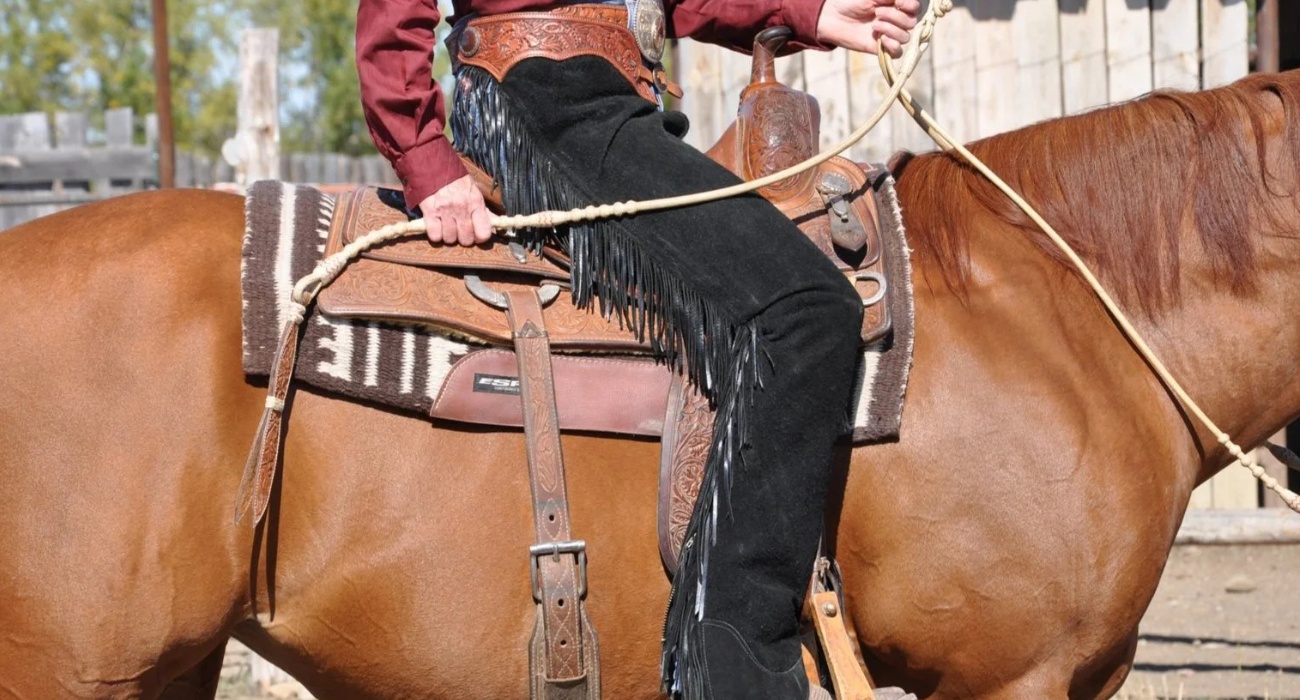
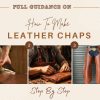

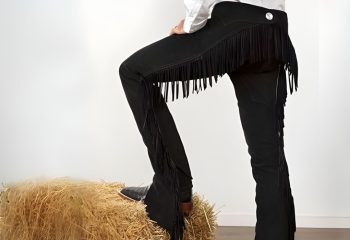
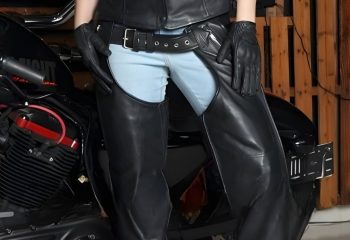
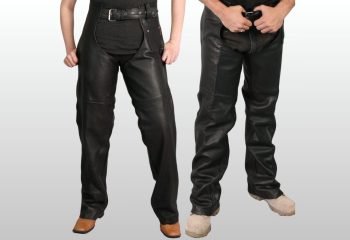
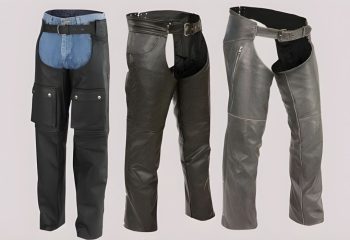

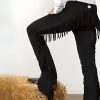


Recent Comments